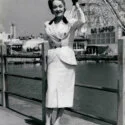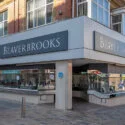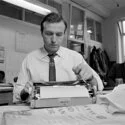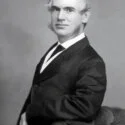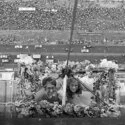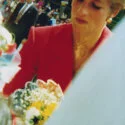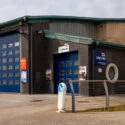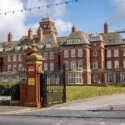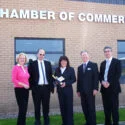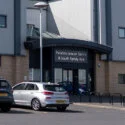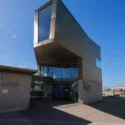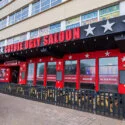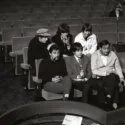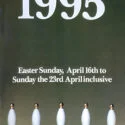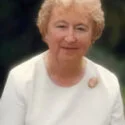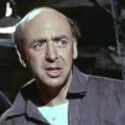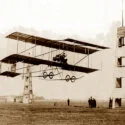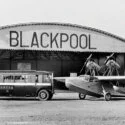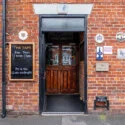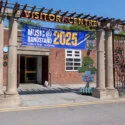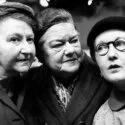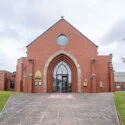The current Blackpool Town Hall was built to replace an earlier 18th-century structure, which had been located just south of its present site, near the old St John’s Market. Designed by Potts, Son, and Hennings in a Jacobean style, the new building was completed in 1900 and stands on Talbot Square. The façade features a balanced design with seven bays, the outermost ones curving gracefully around the sides. At the centre is a prominent five-stage clock tower, with the ground floor portico supported by Tuscan-style pilasters, while the first floor is distinguished by Ionic columns, a segmental pediment, and a balustrade. One notable feature inside the town hall is the ship’s bell from HMS Foudroyant, which was wrecked off Blackpool’s coast in 1897 and later placed in the building. The council chamber is adorned with murals painted by J. R. Brown in 1901, which depict important historical events: the marriage of Henry VII and Elizabeth of York in 1486, the surrender of Jacobite forces at the 1715 Battle of Preston, and Richard III’s final charge at the 1485 Battle of Bosworth Field.
The town hall became the administrative centre for Blackpool County Borough in 1904. After a significant fire in the 1930s, the building underwent extensive rebuilding and expansion under architect John Charles Robinson. Following this renovation, King George VI and Queen Elizabeth visited in May 1938. Shortly after, in August 1939, a bomb planted by the IRA caused damage to the building’s main frontage. The fire-damaged stained-glass windows in the council chamber, which depicted education, agriculture, light industry, and recreation, were replaced in the 1940s. In 1958, the Princess Royal made an official visit to the town hall, and in 1965, the weather vane shaped like the Golden Hind was removed from the roof for safety reasons. The building became the headquarters of Lancashire Borough of Blackpool in 1974, later transitioning to serve as the seat of Blackpool Council in 1998, following the formation of the new unitary authority. In 2019, a stained-glass ceiling window in the council chamber was carefully restored, preserving another aspect of the building’s rich history.
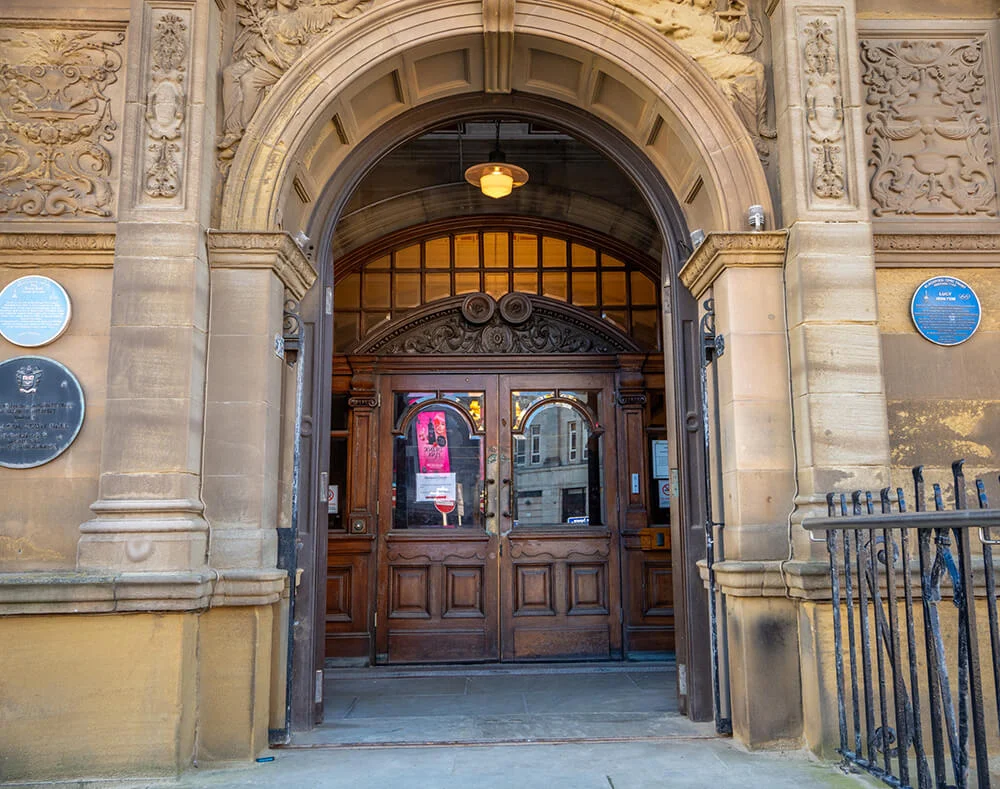
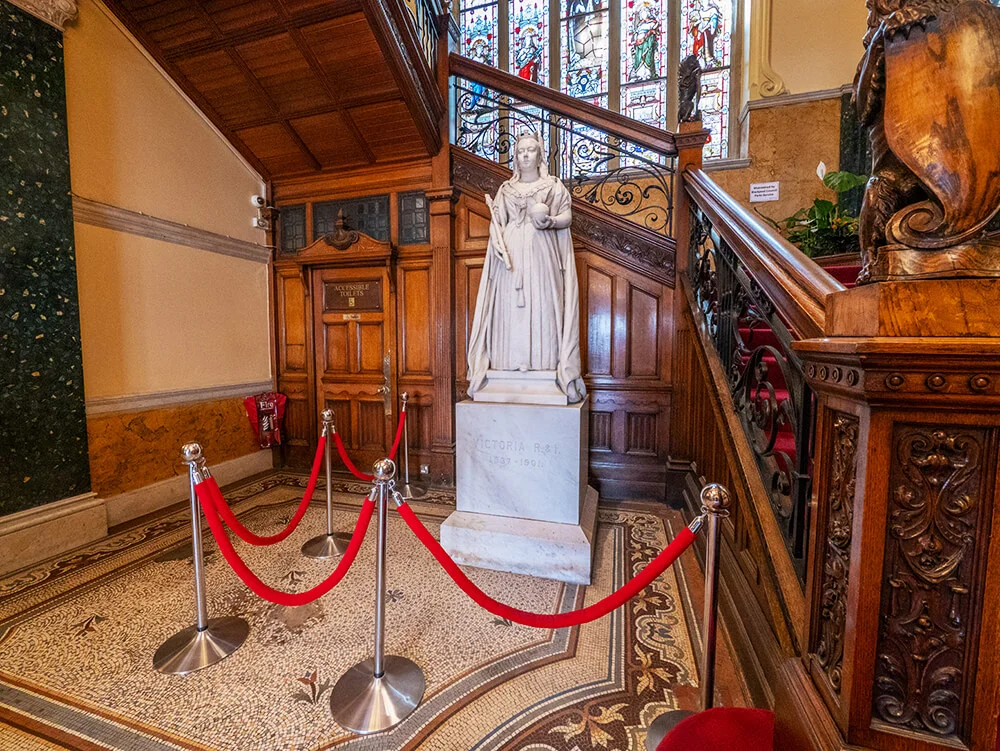
The inscription on the statue in the foyer reads: Victoria R. & I. 1837 – 1901.
There are several paintings of Blackpool mayors, gracing the staircase walls, one of which is featured on another timeline post about William Cocker.
The plaques to the left of the building’s entrance are shown below.The blue plaque to the right is for olympian swimmer Lucy Morton.
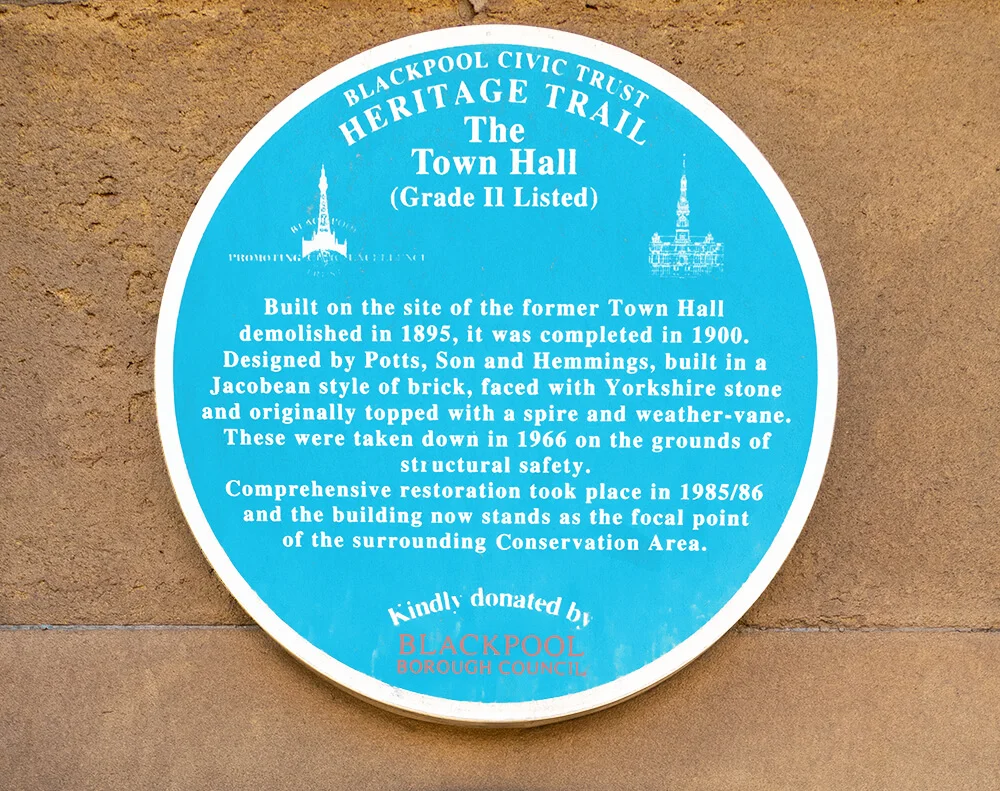
Heritage Trail blue plaque from Blackpool Civic Trust for The Town Hall.
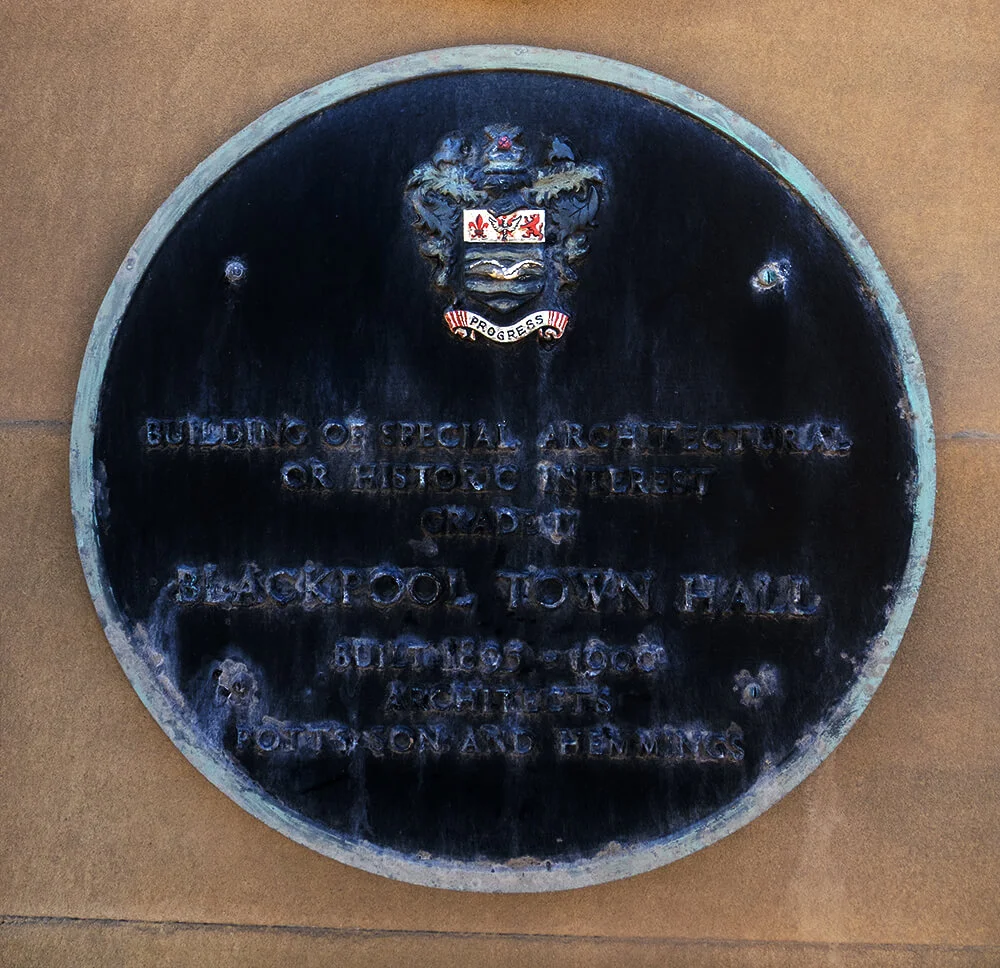
The inscription reads: Building of Special Architectural or Historic Interest. Grade II. Blackpool Town Hall. Built 1895 – 1900, Architects Potts, Son and Hemmings.
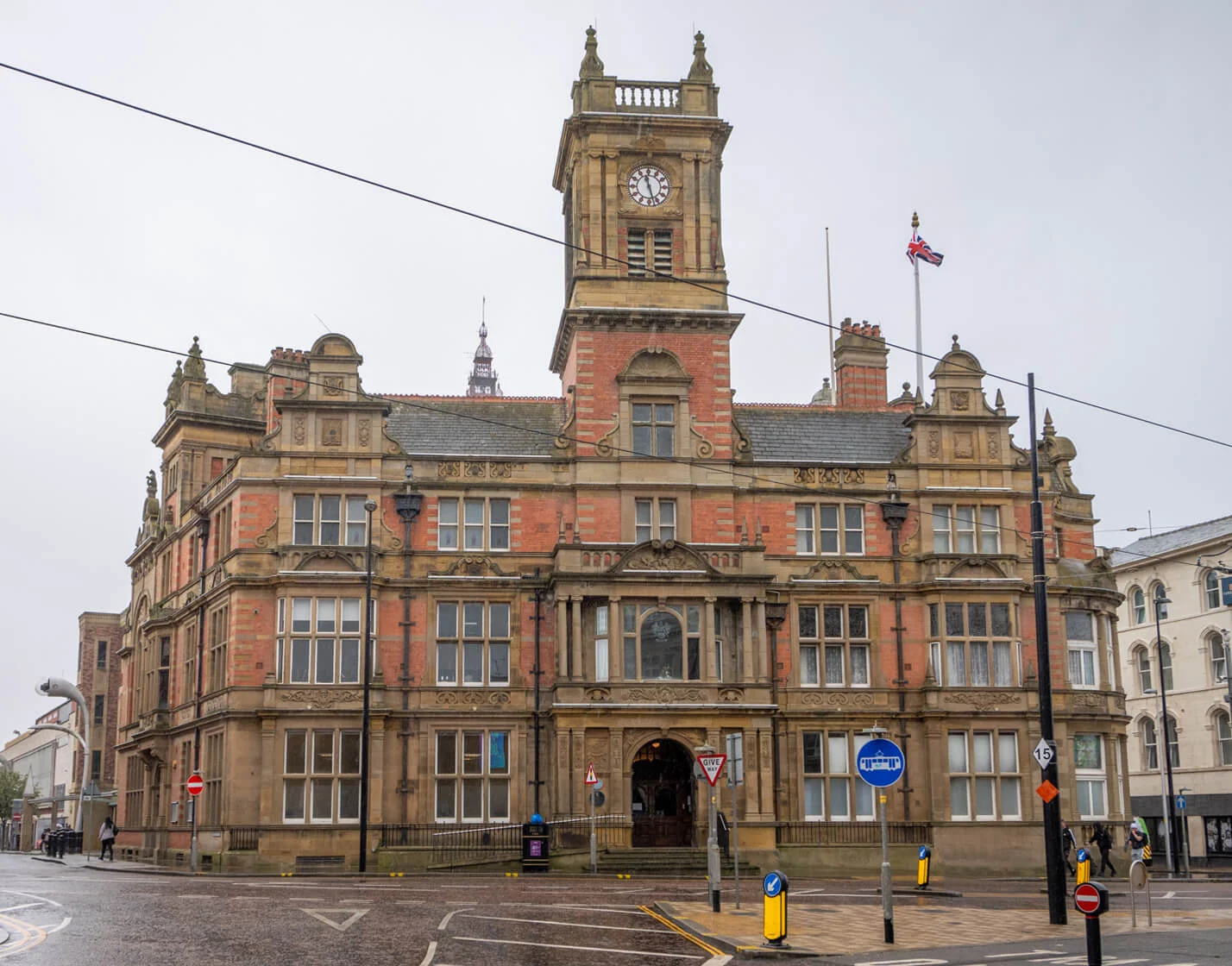
Featured Image © Deeper Blue Marketing & Design Ltd
Images by © Deeper Blue Marketing & Design Ltd

